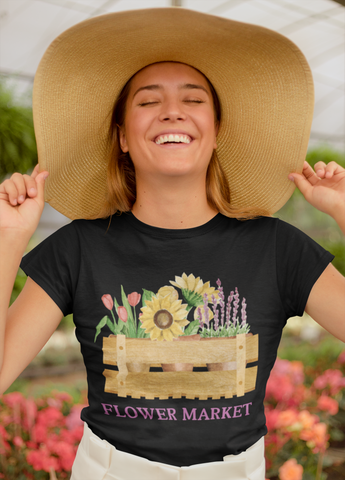As the winter months come to an end, it's time to start thinking about preparing your garden for spring. The transition from cold weather to warmer temperatures can be a crucial time for your plants and flowers. By taking the necessary steps now, you can ensure that your garden will thrive and flourish when spring arrives. In this guide, we will discuss some essential tips on how to prepare your garden for the upcoming season.
Clean Up Winter Debris
One of the first steps in preparing your garden for spring is to clean up any debris left over from the winter months. Depending on where you live, winter can wreak havoc not only on your plants, but also your infrastructure. This means you may need to remove dead leaves, branches, check on raised beds, containers, fences, trellises, etc. If anything is damaged, consider fixing these things before getting started on your garden.
Prune Your Plants
Once you've cleared away any debris, it's important to prune your plants to encourage new growth. Remove any dead or damaged branches, as well as any overgrown areas that may be hindering the plant's growth. Pruning should be done carefully to ensure that you are not harming the plant.
Prepare Your Soil
This is a great time to amend your soil with nutrients that will help promote healthy plant growth. Add compost or organic matter to improve soil structure and fertility. It's also a good idea to test your soil pH levels and adjust them if necessary.
Plant Vegetables Early
Take advantage of the early Spring weather by planting vegetables that thrive in cooler temperatures, such as peas, lettuce, spinach, and radishes. These crops can be sown directly into the ground as soon as the soil is workable.
Protect Against Pests
As temperatures start to warm up, pests become more active in the garden. Take preventative measures by applying natural pest control methods or setting up physical barriers like row covers or netting to protect your plants from unwanted visitors.
Bulbs And Seeds
Choose a variety of Spring bulbs such as tulips, daffodils, hyacinths, and crocuses to create a vibrant display of color in your garden. Plant bulbs at different depths according to their specific requirements and be sure to water them in well after planting. You can also sow seeds directly into the ground or start them indoors if they require an early start. Be sure to follow planting instructions carefully and give your new additions plenty of sunlight and water as they begin to grow.
As your Spring flowers start blooming, be sure to keep an eye on them for signs of pests or diseases. Inspect leaves regularly for any holes, discoloration, or unusual growths that may indicate a problem. Treat any issues promptly with organic pest control methods or fungicides if necessary. Remember that prevention is key when it comes to maintaining a healthy garden.
Deadhead blooms regularly to encourage new growth and prolong flowering periods. Water your plants consistently but be mindful not to overwater, especially during periods of heavy rain. Keep an eye on weather conditions and adjust watering schedules accordingly. With proper care and attention, your garden will continue to flourish throughout the Spring season.
Here are some garden essentials we like:
- Gardening Gloves
- Garden Pruning Shears
- Garden Tools Set⎯Garden Shovel, Transplant Trowel and Hand Rake
- Hand Garden Weeding Tool
- Weed Puller Tool
- Garden Hoe
- Garden Kneeling Pad
Get ready for Spring gardening with this fun merch!






